This week I’m reporting on the Kent History Postgraduates meeting and bringing news about future Centre events.
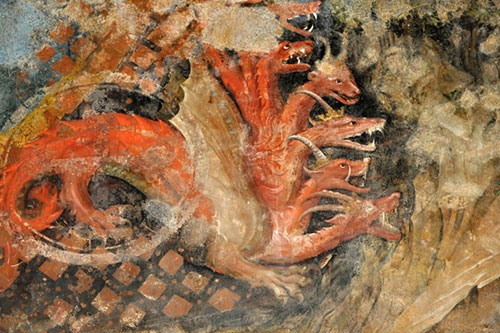
As well as sending out details of the Medieval Canterbury Weekend 2020 to local history and similar societies in Kent, the Centre has been working with various partners concerning a couple of one-day conferences in May and June next year. The first of these will be part of the Becket 2020 programme and is a collaboration on ‘Saints and Seals’ with Canterbury Cathedral Archives & Library, while a month later Christopher Marlowe and the flora of Kent will be the focus in conjunction with the Christopher Marlowe Statue committee. More on these as details become available.
However, this week I primarily want to report on the monthly meeting of the Kent History Postgraduates group. Although we were somewhat depleted in terms of numbers due to illness, work and family commitments, the group still met to hear Peter Joyce’s presentation and to explore a workshop on the 1542 Prebendaries’ Plot in the diocese of Canterbury that I had prepared. Just as an aside, next month we will be back to two postgraduate presentations that will be given by Janet Clayton and Dean Irwin.
So back to Peter’s presentation which came out of his research on the Rev. Caleb Parfect for his recently submitted MA by Research thesis. As some of you may remember from earlier blogs, Caleb Parfect is an extremely interesting late 18th-century clergyman from the Rochester diocese who worked in Strood and neighbouring parishes, was heavily involved in the early developments of the SPCK and had friends and relatives in very high places.
Yet this time rather than focusing on Parfect, Peter told us about his detective work in locating the ‘lost’ churchwardens accounts for St Nicholas’ parish in Strood (in Parfect’s time the spelling was Stroud). For Peter the problem is the need to get behind the two published versions of this area’s history: Henry Smetham’s History of Strood and Odette Buchanan’s Two Gentlemen of Strood because they aren’t contemporary with Parfect, and while good, Smetham relies on secondary accounts and his conversations with another antiquarian and cleric Canon Scott-Robertson.
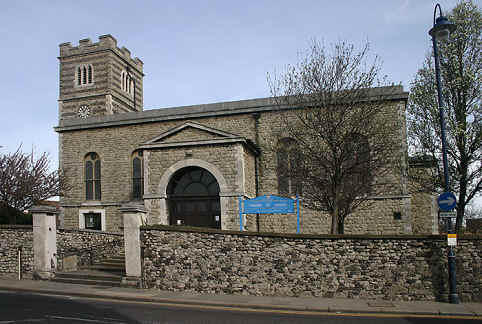
The specific problem Peter faced was that Smetham said in a footnote on page 127 of his book that the churchwardens’ accounts/vestry book had been “lost” and he wished that “it may soon find its way back to its home among the archives of Strood parish”. Yet prior to this it had apparently been seen by Scott-Robertson, who noted that it had been in the custody of another antiquarian Humphrey Wickham, who had been collecting local documents and other artefacts.
At this point Peter thought the trail had gone cold until he came across a volume in the Kent Archaeological Society Records Series published in 1927. This contains the transcriptions done by Henry Plomer from 1915 of first the vestry accounts and churchwardens’ accounts for St Nicholas’ Strood for the period 1555–1600 and then for the period 1603–1662. Plomer’s source was Add MSS 36,937, which at that time was in the British Museum’s Department of Manuscripts.
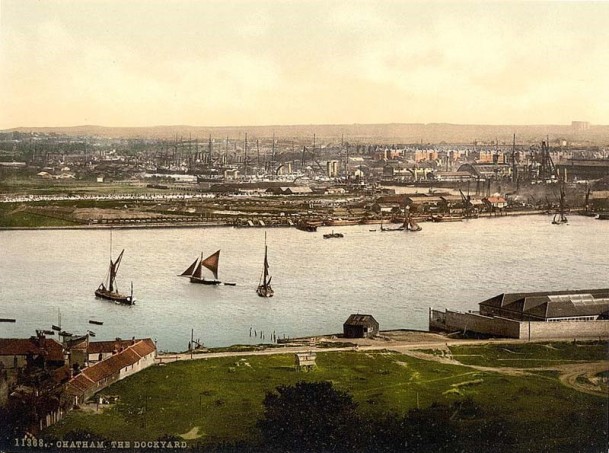
Peter believes the manuscript found its way into the British Museum collections through the work of Wickham’s executor Mr Humphrey Wood, who, as well as overseeing this post mortem donation of Wickham’s collection of original documents to the Museum, also saw to the sale of Wickham’s goods through Sotheby’s. For at this time the Museum collection had at its heart the huge manuscript collection of Sir Hans Sloane who had bequeathed it to the nation upon his death to ensure they would be available for study by future generations.
Thus having solved the provenance of the churchwardens’ accounts during his research on Parfect’s published works, Peter was similarly struck by the stamp of the British Museum on many of the available electronic versions of Parfect’s works, which means he thinks the collection from Wickham’s estate that arrived at the Museum is actually a lot large than previously thought. To date he has only had a limited opportunity to examine the churchwardens’ accounts and vestry minutes for Parfect’s time but this has given him valuable insights regarding the old Strood workhouse, including the name of the builder and the identities of the members of the vestry who were actively involved. Moreover, he believes these and associated sources will reveal far more about how the poor were ‘cared’ for locally, as well as ideas about the broader context surrounding economic conditions in Strood and the surrounding parishes.
Peter is very excited about this prospect and he thinks such a project will reveal a great deal about how coastal communities fared and functioned during the long 18th century. His audience agreed and there followed a lively discussion about the potential of his sources and how he might take this forward as a social history project.
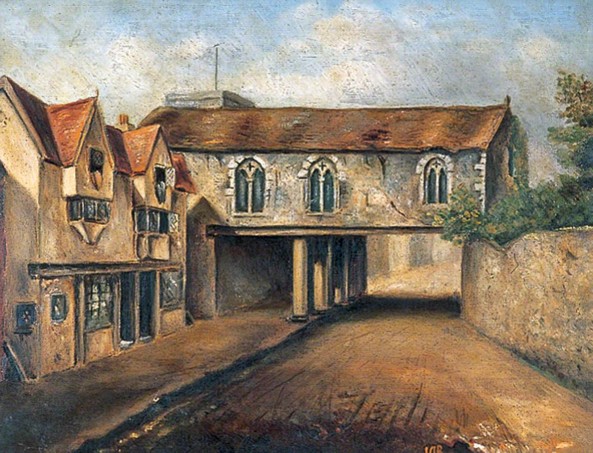
Then, having sampled Dean’s Halloween cupcakes – thanks Dean; the group turned its attention to exploring some of the depositions collected by Archbishop Cranmer in response to what is known as the Prebendaries’ Plot. We confined our workshop to looking at those involving Canterbury city parishes, and, as Peter noted, it is interesting to see how the conservative (‘Catholic’) plotters used Cranmer’s words from the Book of Common Prayer against him when they attacked John Toftes public reading of the (English) Bible in St Mary’s Northgate church.
Just very briefly if this is unfamiliar territory, the plot took place following the reforming of Canterbury Cathedral’s clerical community in 1541. The 12 prebendaries and Six Preachers were not men of moderate views but contained a mix of those of the Old Learning and those of the New, the former seeing it as an opportunity to bring down Cranmer when they believed the king was more sympathetic to their viewpoint. They were sadly mistaken in terms of Henry’s opposition to Cranmer and instead the archbishop was given the task of investigating those plotting against him. As well as the conspiracy itself, the evidence uncovered a preaching war between the conservatives and the reformers across the diocese, their theological, political and social message reinforced by certain parish clerics through their own sermons and the responses of certain members of the laity. Cranmer’s response was to imprison the conspirators, although the radicals also found themselves before the courts, but the main outcome was the plotters’ defeat and an insight into the strife-torn state of large parts of the diocese.
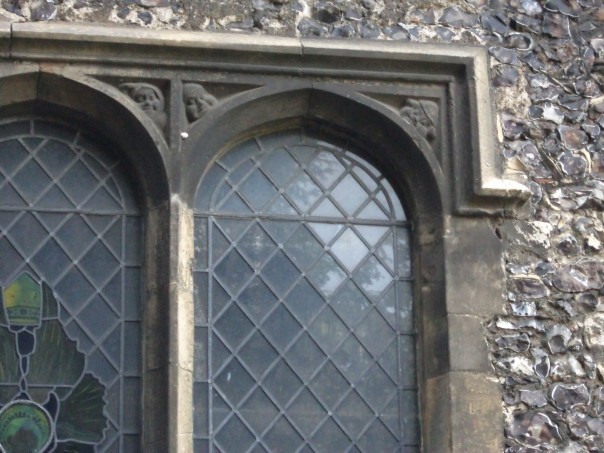
What also struck people this week was the way elements of contemporary Christian ritual had been integrated or appropriated by those employing what Cranmer termed superstitious elements. For example, Johanna Meryweder of St Mildred’s parish was accused by the old schoolmaster of saying she had performed an enchantment in that “for displeasure that she bare to a young maid named Elizabeth Celsay and her mother, made a fire upon the dung of the said Elizabeth and took a holy candle, and dropped upon the said dung 7 times”. Such persons were in many ways easy targets for the reformers, but the discussion then moved on to consider how both reformers and conservatives did not just employ destruction (of people and objects) as the sole weapon at their disposal. Instead we saw that both sides sought to demonstrate their belief, strengthen their fellows and provoke opponents through a variety of different strategies that involved speech and action, including as here the idea of reporting, of memory and of communal response.
Even though the depositions associated with the Plot have been used by several historians, people felt that like Peter’s Strood churchwardens’ accounts there is more to be done in both cases. Consequently, we ended the session by wishing Peter every success with the final stages of his MA and with his next venture as he decides on a doctoral proposal that will concentrate on the modern social history of this part of north Kent.
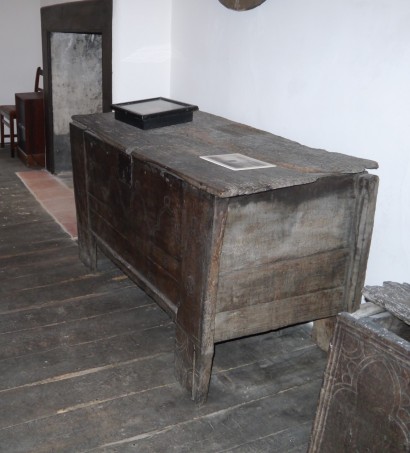
Finally, as well at the ‘Picture this …’ workshop in Canterbury Cathedral Archives and Library, which is a joint venture between MEMS postgraduates at CCCU and Kent and for CCCU led by Dr Diane Heath, there is a lecture on Thursday. This lecture, at 7pm in Ng07, will be the second of the Centre’s joint autumn lectures with FCAT when Professor Chris Pickvance (University of Kent) will discuss medieval chests in Kent of which the oldest, dating from c.1250, is in Canterbury. Booking not required, thus if this sounds interesting do come along you will be most welcome.
 Centre for Kent History and Heritage
Centre for Kent History and Heritage Sheila Sweetinburgh
Sheila Sweetinburgh 1207
1207

